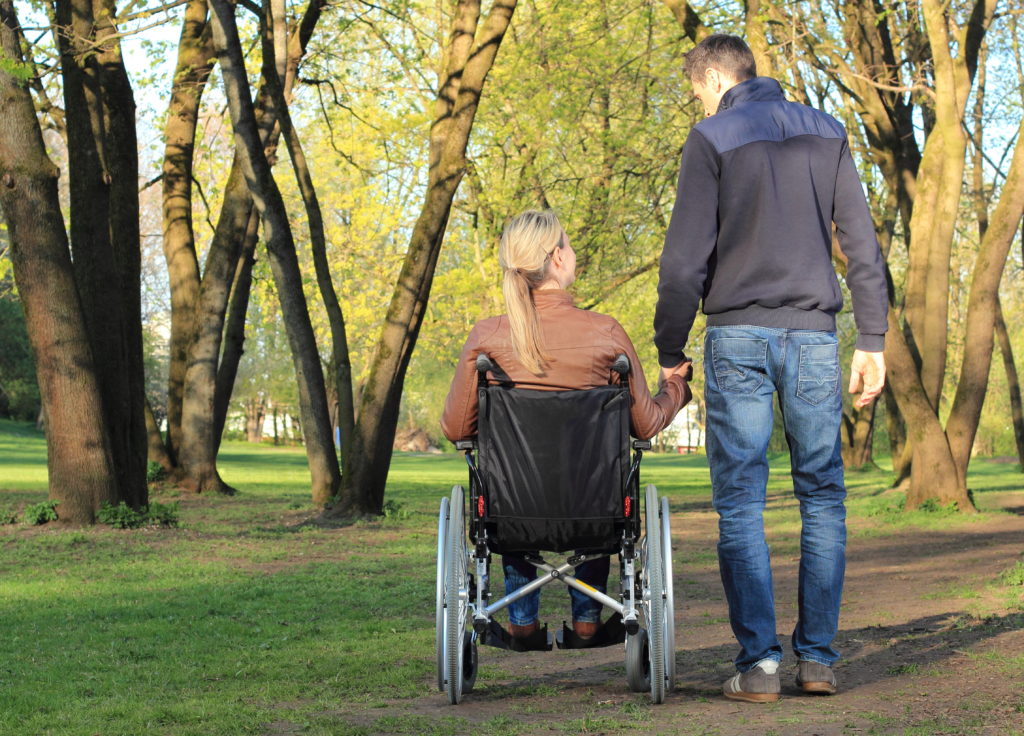How did I get a Pressure Ulcer?
How did I get a Pressure Ulcer?
If you are currently experiencing a pressure ulcer, you already know how unpleasant the experience is. One pressure ulcer can disrupt your life, have you in severe pain, and have you laying in the bed for weeks. Since the damage is done, we can’t go back, but we can educate ourselves, so that we don’t repeat the past mistakes that caused your pressure ulcer.
Your skin has two layers, the epidermis and the dermis. The top layer is called the epidermis, the epidermis is composed of several layers. The outer layer is mostly made of dead cells and the inner layer is made of cells that divide and migrate toward the epidermal surface. This constant exchange of cells ensures replacement of surface cells when skin is shed during normal peeling. Examples of normal peeling would include sunburn, turf burn, or prolonged time in water. This desquamation or (peeling) is very important to the skin. Removing the build-up of dead, damaged cells stimulates the regeneration of new cells, thus improving the skins appearance, feel, and texture.
The dermis, the inner layer provides strength, support, and protection the underlying bones, muscles, and organs. The dermis differs from the epidermis because it is mainly composed of connective tissue and very few cells. Collagen (a tough, fibrous protein), blood vessels, and nerves are found in the dermal layer. The only distinctive cell type within the dermis are the fibroblast, which are responsible for collagen formation.
Impaired skin integrity can happen in many ways, but the pressure ulcer is primarily the result of unrelieved, prolonged pressure on one area. A pressure ulcer is defined as localized areas of tissue necrosis (death) that develops when soft tissue is compressed between a bony prominence and an external surface for a prolonged period of time. Any factor that interferes with blood flow in turn interferes with the function or life of cells. The top three factors that contribute to the formation of a pressure ulcer are, pressure intensity, pressure duration, and tissue tolerance.
Individuals with decreased mobility, decreased sensory perception, fecal or urinary incontinence and/or poor nutrition can be at risk for pressure ulcer development. Three major areas for prevention of pressure ulcers are skin care, proper positioning, and education. You need to perform frequent skin checks daily, and make sure the skin stays clean and dry. Proper positioning can reduce pressure and shearing force to the skin. A pillow placed on bony prominences can protect skin. Repositioning every two hours will help relieve pressure points. If you are in a wheelchair your weight needs to be shifted every 15 minutes, this will provide short-term relief on the sitting bones.
Temeka Strange RN

